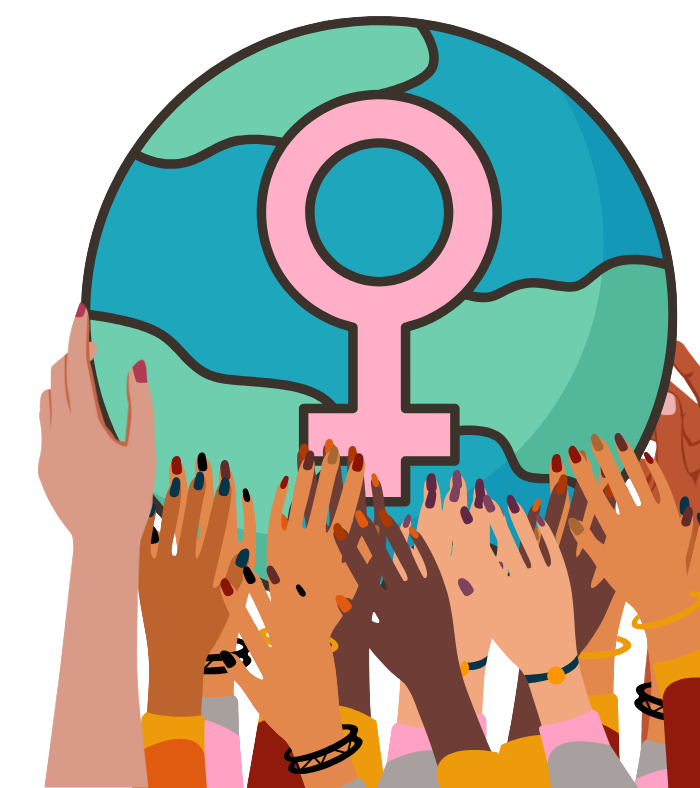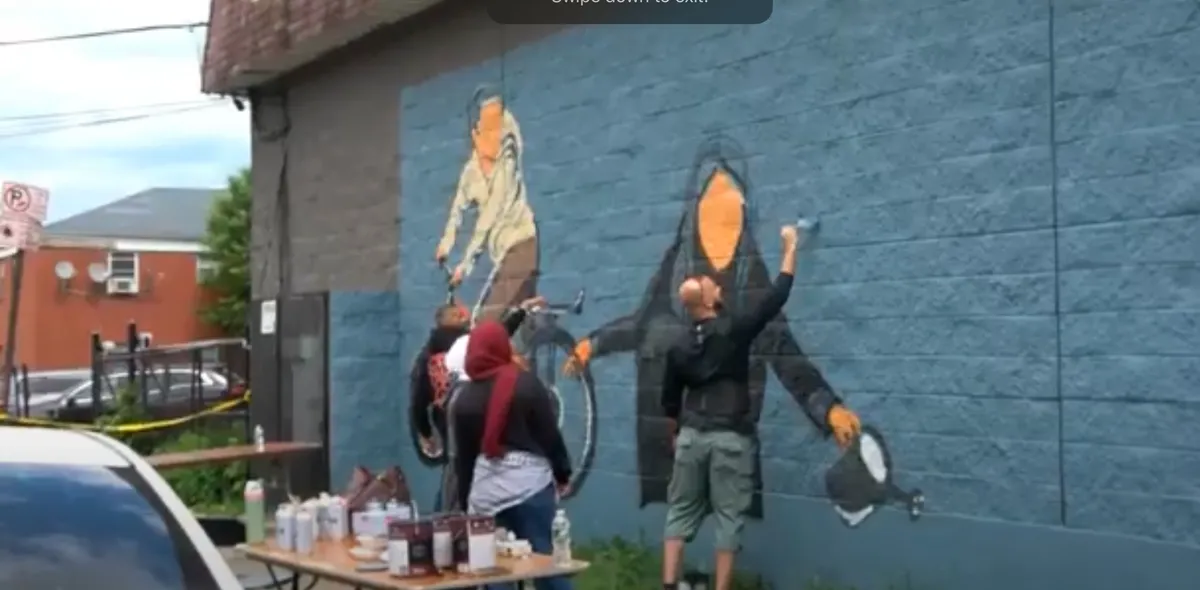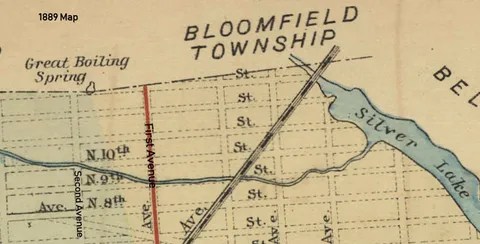“les idees Wilsoniennes nous gdtent. the vague irrelevances and the destructive silences”
—Paterson, William Carlos Williams (1937)
At Space is a Means of Production, we critically engage with parades, protests, and festivals as performative manifestations of collective urban praxis. These events function as spatialized articulations of social, cultural, and political agency, rendering visible the contested dynamics of public space.
Growing up in Los Angeles revealed a paradox: despite the city’s extensive archival documentation of civic life, its material practices of communal gathering remain attenuated. The Hollywood Christmas Parade and Kingdom Day—ostensibly commemorative spectacles—existed as fragmented rituals within my experience, underscoring a dissonance between archival representation and lived urbanity. This discrepancy mirrors what urban theorists might term a dysfunctional density: Los Angeles’ hyper-concentration of bodies and capital fails to coalesce into networked systems of complexity or solidarity, instead producing fractured spatialities of alienation.
Paterson, New Jersey, entered my consciousness first through poet’s William Carlos Williams’s modernist critique of industrial modernity and later through its historical significance as a site of labor struggle during the 1913 Silk Strikes. However, my recent visit centered on Palestinian Day—an event emblematic of Paterson’s layered urban identity. The city hosts one of the United States’ most concentrated Arab American populations, with approximately 10,000 residents of Palestinian origin (primarily in South Paterson) and a broader MENA diaspora estimated at 15,0000-20,000 as of 2019. This demographic reality materializes spatially through infrastructures like Palestine Way and the Islamic Center of Passaic County (est. 1990), while the city’s Muslim population (25,000–30,000) further reconfigures its socio-spatial fabric.
Such events and communities are not mere statistical abstractions but constitutive elements of what Henri Lefebvre termed the production of space—wherein identity, labor, and resistance continuously reshape the urban terrain. Paterson’s Palestinian Day, like its Silk Strike legacy, exemplifies how marginalized groups reclaim spatial hegemony through collective ritual.
Space is a Means of Production interrogates these dynamics through multimedia projects. To support our work, we invite you to subscribe to our YouTube channel and share our ideas with communities invested in urban utopian futures.






